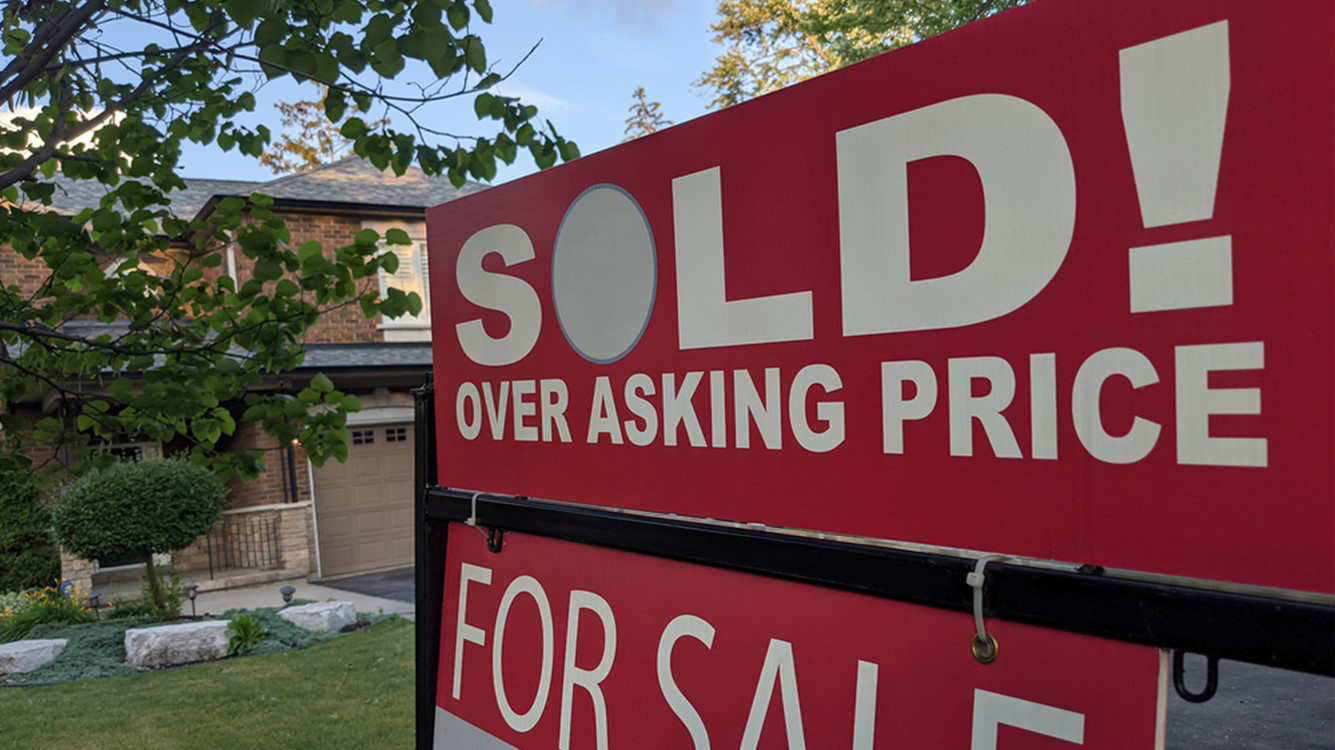Home sales lost ground in October
Total sales were still 17.7% higher than a year ago as builders continue to offer discounts.

November 27, 2023
New home sales, which are recorded at the contract signing, dropped 5.6% in October while September sales were revised lower. Double-digit losses for sales in the West and Midwest drove the monthly decline. The South, the largest housing market, posted a 2.1% increase in October. Total sales were still 17.7% higher than a year ago as builders continue to offer discounts and mortgage rate buydowns to lure buyers.
Inventory available for sale ticked up slightly to a 7.8 months’ supply at the current sales pace. The average in the five years leading up to the pandemic was about 5.6 months’ supply. The median sales price dropped 17.6% from a year ago to $409,000, the lowest it has been since mid-2021. Builders are willing to offer attractive discounts and mortgage rate buydowns to help bring down overall costs for buyers. The same cannot be said about the resale market, where sellers expect strong offers and bidding wars.
A multi-decade record of homes available for sale has not yet started construction. The previous record was in March 2006, at the height of the housing boom. While inventory in the resale market remains tight, builders are offering more homes for sale at various stages of construction.
Separately, existing home sales, which are recorded at the contract closing and reflect activity a few months back, slumped 4.1% in October. Mortgage rates were still marching closer to 8% in September before peaking in late October at 7.8%. Sales sit at 3.8 million, the lowest level since 2010 during the post-housing bust. Sales in the Northeast were flat on the month while all other regions saw sales fall.
Inventory available for sale ticked up slightly to a 3.6 months’ supply; however, that remains quite tight by historical standards. Inventories were trending around 4.1 months’ supply in the five years leading up to the pandemic. Existing homeowners are locked into sub-5% mortgage rates or have paid off their mortgages entirely. As the average 30-year fixed rate mortgage stayed above 7% by mid-November, the expectation is for homeowners to remain frozen in place.
Mortgage rates are expected to fall by the second half of 2024.
Yelena Maleyev, KPMG Senior Economist
Bottom line
The undersupply of homes available for sale is the main driver of affordability issues across the country. The share of first-time buyers remains below its historical average while the median first-time buyer has a significantly higher income than in prior years. According to the National Association of Realtors, the down payment level is the highest in two decades. Mortgage rates are expected to fall by the second half of 2024, offering some reprieve to buyers. However, home prices will remain elevated as pent-up demand is released with a decline in rates.
Explore more insights

Builders buoy new home sales with buyer incentives
Existing home sales fell 2% in September.

KPMG Economics
A source for unbiased economic intelligence to help improve strategic decision-making.

Retail therapy… The outlook for the U.S. consumer
A soft landing is possible and even probable…but our journey is not yet done.
Meet our team

Subscribe to insights from KPMG Economics
KPMG Economics distributes a wide selection of insight and analysis to help businesses make informed decisions.
